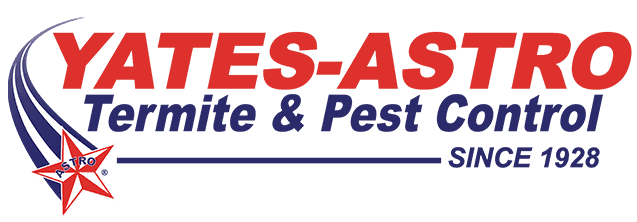Yellow-Legged Hornet Spotted in Georgia
The Yellow-Legged Hornet (Vespa velutina), also known as the Asian Hornet or the Asian Giant Hornet, is a species of hornet native to Southeast Asia. However, it has become an invasive species in various parts of Europe and has garnered attention due to its aggressive nature and potential threat to local ecosystems and honeybee populations.
The first Yellow-Legged Hornet in the United States was spotted in Georgia on August 9 and is very prominent in Savannah. The invasive hornet could threaten honey production and native pollinators if it establishes a population. These native pollinators play a vital role in Georgia’s agriculture industry.
Here are some key characteristics and information about the Yellow-Legged Hornet:
Size and Appearance: Yellow-Legged Hornets are larger than typical hornets and wasps. They can grow up to 1.2 inches (3 cm) in length. They are mostly dark brown or black in color with a yellow-orange face and yellow legs, which distinguishes them from many native European hornets and wasps.
Nesting Behavior: Yellow-Legged Hornets build large, paper-like nests, typically high in trees, bushes, or on man-made structures like buildings. These nests can house thousands of individuals.
Diet: They are carnivorous predators and primarily feed on other insects, including honeybees and other pollinators. This has raised concerns among beekeepers and environmentalists, as they can have a negative impact on local bee populations.
Threat to Honeybees: Yellow-Legged Hornets are known for their ability to capture and decimate honeybee colonies. They hover near beehives, catching foraging honeybees and returning to their nests to feed their young. This predation can severely affect honey production and pollination services provided by bees.
Spread and Invasiveness: Yellow-Legged Hornets were accidentally introduced to Europe, likely via cargo shipments, in the early 2000’s. They have since spread rapidly in several European countries, causing concern among authorities and beekeepers. While Yellow-Legged Hornets are generally not aggressive towards humans unless they feel threatened, their primary threat lies in their impact on local ecosystems and bee populations.
Early detection and rapid response are crucial to mitigate their negative effects on native wildlife and beekeeping industries.
What To Do If You Encounter A Yellow-Legged Hornet Nest
With the potential risk to Georgia’s agriculture industry, it is imperative that any Yellow-Legged Hornet nest is destroyed properly and thoroughly by pest management professionals.
If you suspect that you have a nest on your property, contact Yates-Astro Termite & Pest Control, and one of our pest control technicians will quickly come to inspect the nest and advise on the proper next steps for removal of the nest and any Yellow-Legged Hornets present.

.2312071052134.png)